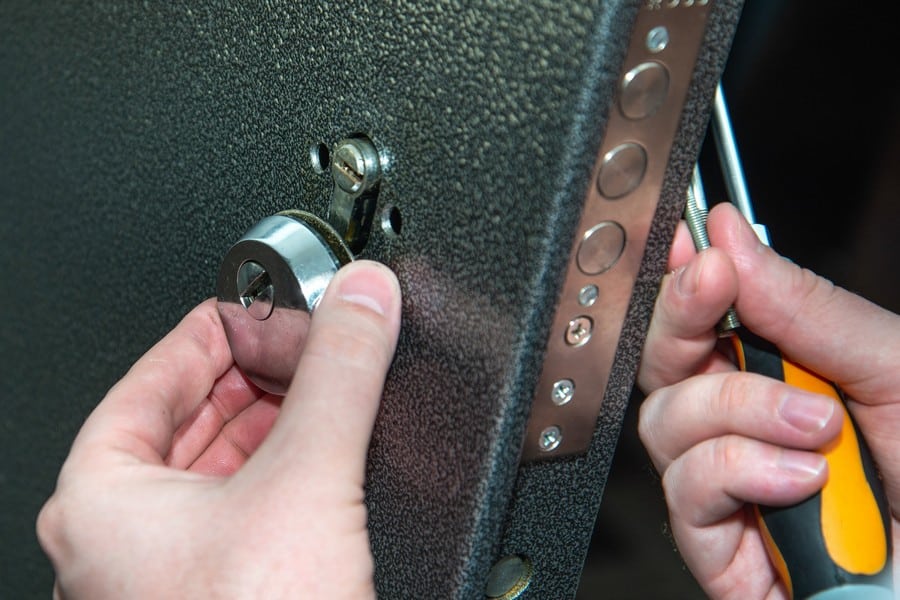 Ask a Locksmith: When it comes to home and business security
Ask a Locksmith: When it comes to home and business security

When it comes to home and business security, locks play a crucial role in keeping intruders at bay. However, even the best locks can develop problems over time. Understanding these issues and knowing how to address them can save you time, money, and frustration. Below are some of the most common lock problems and expert advice on how to fix them.
Key Won’t Turn in the Lock
If your key is difficult to turn in the lock, the problem could be caused by dirt buildup inside the mechanism or a misaligned strike plate.
Solution:
- Lubricate the Lock: Dirt and grime can cause the key to jam. Use a graphite-based lubricant or WD-40 to clean out the lock, but avoid oil-based products as they may cause further debris buildup over time.
- Check for Alignment Issues: If lubrication doesn’t work, the door and lock may be misaligned. Tighten the door hinges or adjust the strike plate to ensure proper alignment.
Key is Stuck or Broken Inside the Lock
A key getting stuck or breaking inside a lock can be a frustrating experience, often caused by wear and tear on the key or lock.
Solution:
- Remove the Broken Key: If part of the key is visible, use needle-nose pliers to gently remove it. If it’s deeper inside, a broken key extractor tool can help.
- Call a Locksmith: If the key continues to get stuck or you’re unable to remove the broken piece, it’s best to call a locksmith to rekey or replace the lock.
Lock is Jammed or Won’t Turn
Locks may jam due to internal wear or debris lodged inside the mechanism.
Solution:
- Clean the Lock: Use a lock lubricant to remove dirt and debris. Insert and jiggle the key to see if the lock loosens.
- Disassemble the Lock: If the lock remains jammed, disassemble it for inspection. If internal components are damaged, you may need to replace the lock.
Loose Door Lock or Handle
Frequent use can cause locks and handles to loosen, compromising security and functionality.
Solution:
- Tighten Screws: Often, the fix is as simple as tightening the screws that hold the lock in place. If the screw holes are worn, use longer screws or fill the holes with wood filler.
- Replace Damaged Parts: If tightening the screws doesn’t help, damaged internal parts may need replacement.
Door Won’t Latch Properly
A door that doesn’t latch properly can create security risks and make it easier for unauthorized access.
Solution:
- Adjust the Strike Plate: If the latch isn’t aligning with the strike plate, adjust the plate’s position by loosening its screws and moving it slightly.
- Inspect Door Alignment: A sagging door can also cause latching issues. Tighten the door hinges or use shims to ensure proper alignment with the frame.
When to Call a Locksmith
While many lock problems can be fixed with a bit of DIY effort, some issues require professional help. If you’re dealing with a broken lock, significant security concerns, or don’t have the proper tools, calling a locksmith can save you time and ensure the job is done right.
By staying proactive about common lock issues, you can maintain a secure property and avoid inconvenient lockouts. Whether it’s a stuck key or a misaligned door, knowing when to fix the issue yourself and when to call an expert is key to ensuring a safe environment.


